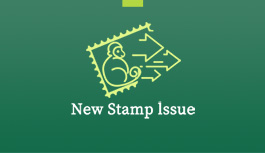Postal Business: 8610 11185
Postal Savings: 8610 95580
Logistics and EMS: 8610 11183
China Post Life: 8610 4008909999
2022 Stamps
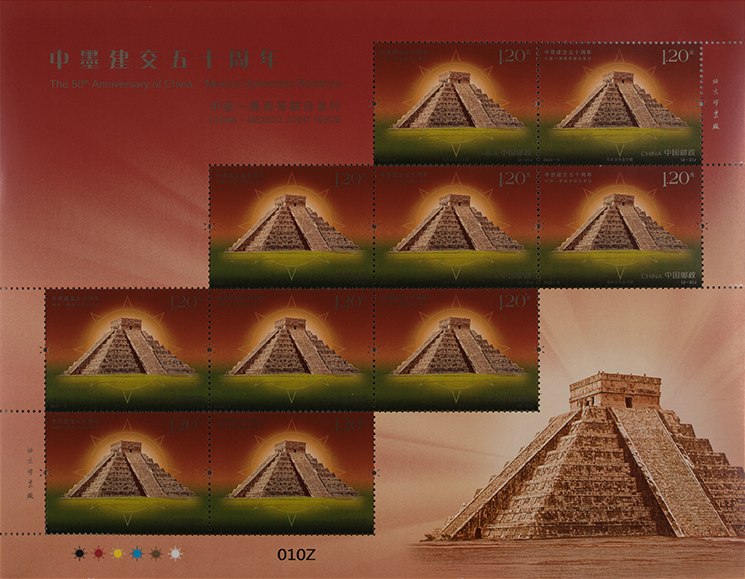 The 50th Anniversary of China-Mexico Diplomatic ...2022-5
The 50th Anniversary of China-Mexico Diplomatic ...2022-5The year 2022 marks the 50th anniversary of the establishment of diplomatic ties between China ...
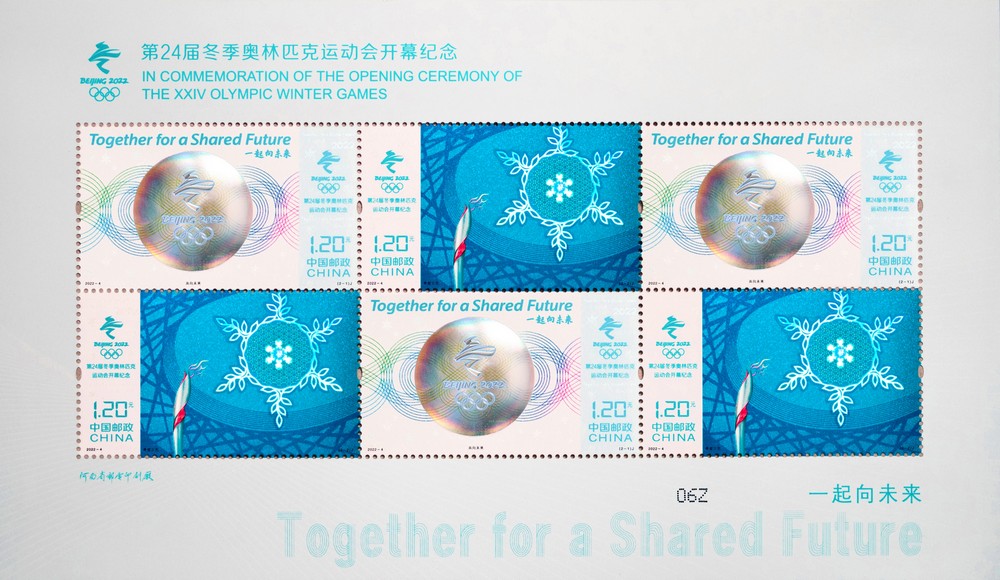 In Commemoration of the Opening Ceremony of the ...2022-4
In Commemoration of the Opening Ceremony of the ...2022-4On Feburary 4, 2022, China Post is to issue 2 commemorative stamps enti...
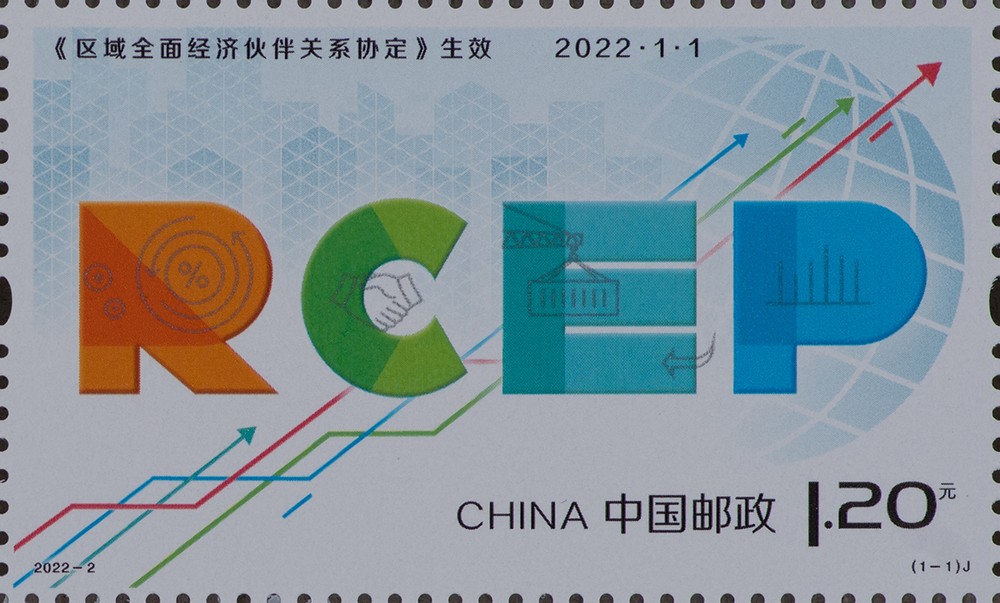
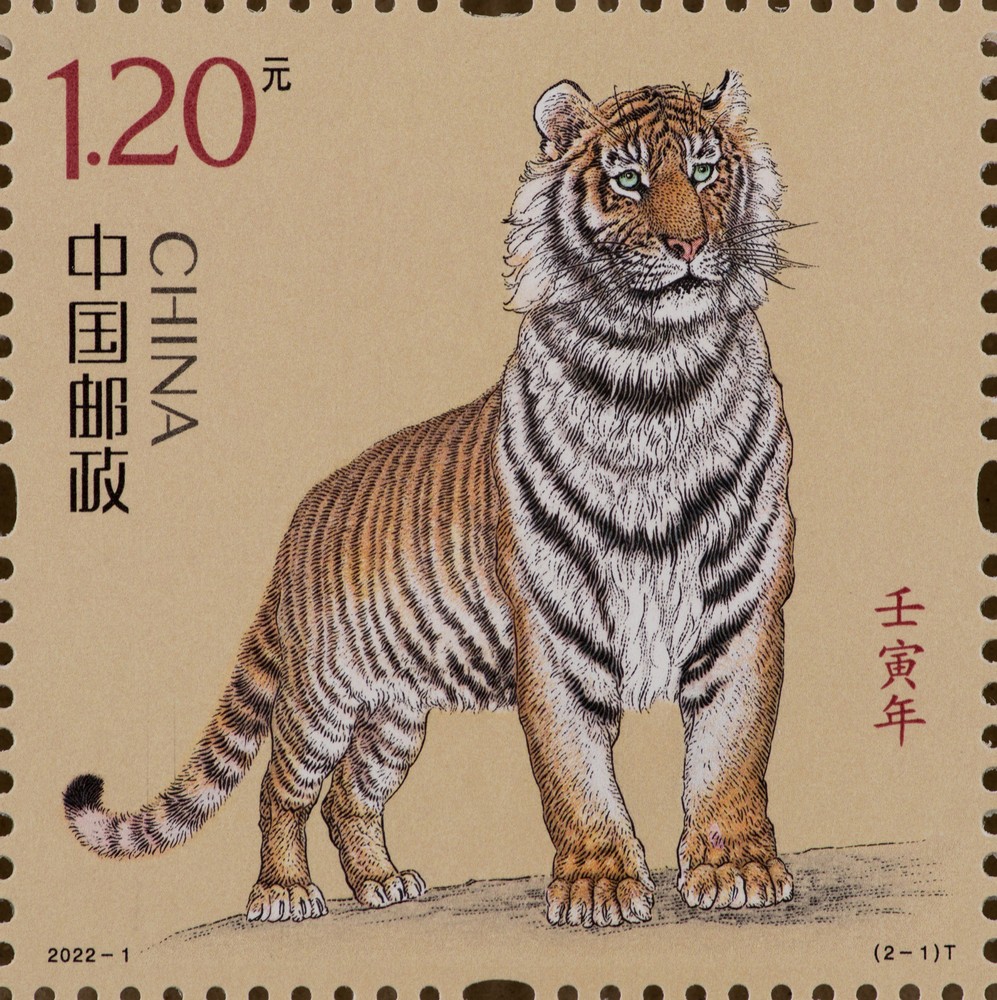 Year of Renyin Special Stamps...2022-1
Year of Renyin Special Stamps...2022-1On January 5, 2022, China Post is going to issue a set of 2 Year of...
- 最前 上一页 1 2



